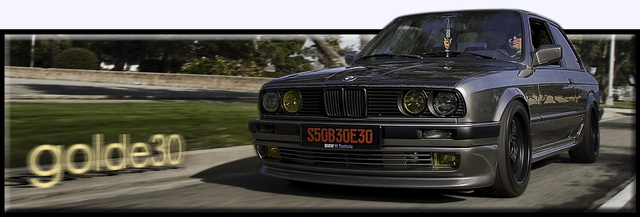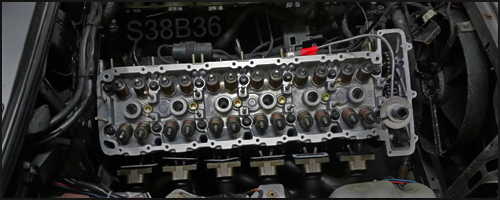My swap with hot ass cats still cracks when you let back on the throttle. Just as loud. It did this with my e34 when I took the muffler off. I'm assuming its from the lack of back pressure the restrictive exhaust gives it.
My throttle response is slightly jerky at 2k as well but pulls smooth afterward.
Congrats.
My throttle response is slightly jerky at 2k as well but pulls smooth afterward.
Congrats.




Comment